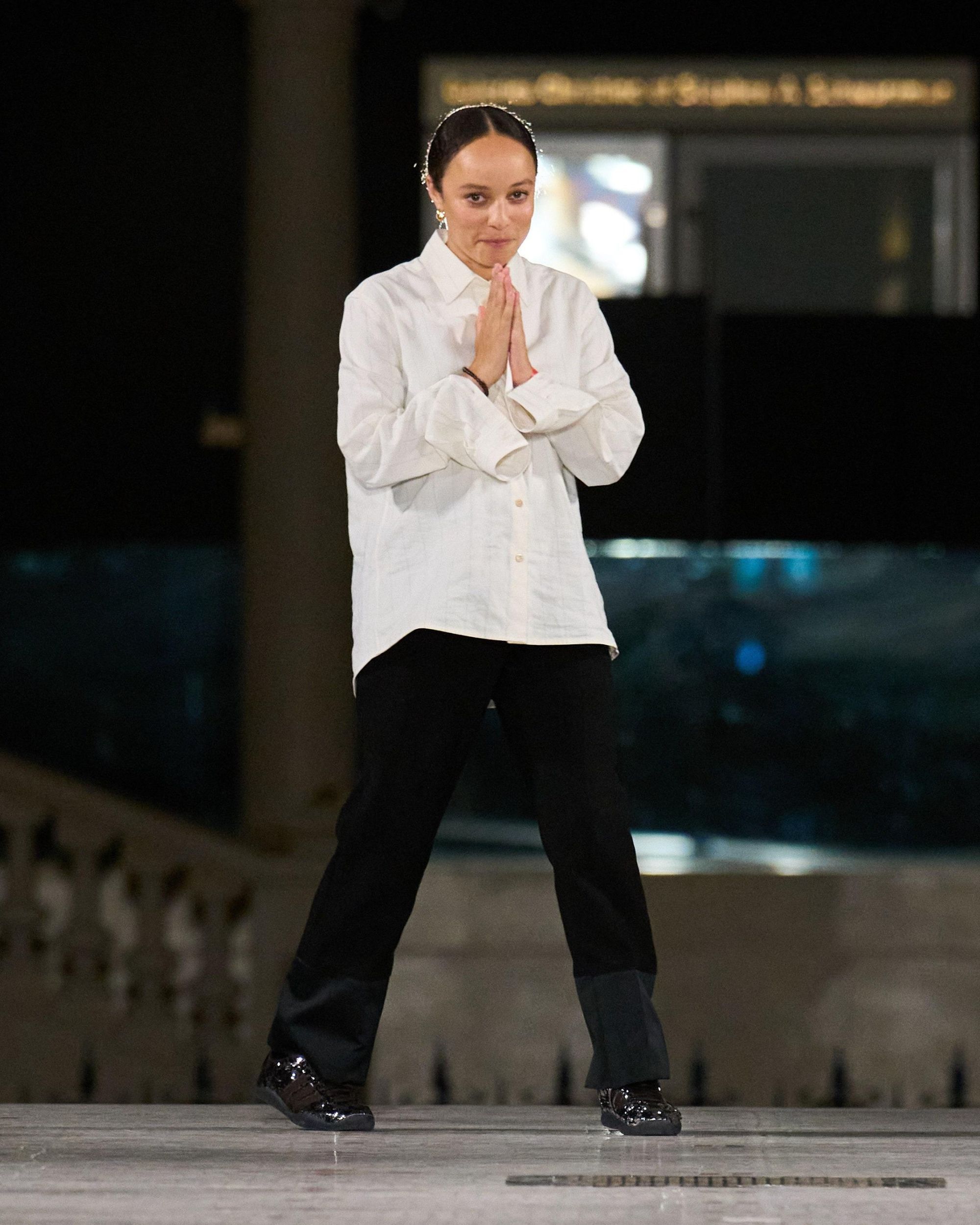
Hermès abandoned the Fashion Pact for sustainability Along with it, there's Stella McCartney too
The Fashion Pact, launched in 2019 at the urging of French President Emmanuel Macron, aimed to address environmental pollution in the fashion industry. With luxury giants such as Kering, Chanel and Prada, sportswear giants Nike and Adidas, and fast fashion titans H&M Group and Inditex among its members, the pact represented about a third of the fashion industry's decision-making power. However, despite its initial promise, the effectiveness of the fashion pact has come under scrutiny. In particular, four years after the signing (which was, let's remember, highly publicized), it has emerged that some of the pact's signatories have withdrawn their support for the initiative, raising doubts about its impact. Which would not be surprising if it were, say, H&M, which has already been accused of greenwashing in the past - but this is not the case. On the contrary, H&M itself has multiplied its commitment to Pact since the CEO of the Swedish group, Helena Helmersson has become co-chair of the association.Leaving were two brands that no one suspected: Hermès and Stella McCartney, but also the department store chain Selfridges. Now the doubts raised by the departure of two such names cast a troubling light on the pact itself: Hermès, for example, is a brand known for the seriousness of its approach, to the point of making its sustainability reports public in an effort to be transparent; Stella McCartney, on the other hand, has based its entire brand around sustainability, and so its step back would seem to cast a halo of distrust on the validity of the pact itself.
The luxury world (but also the high street, see the efforts made by the Inditex group) has indeed established fairly stringent lines of action on sustainability - the only problem is that each group has done so internally. In other words, the doubts surrounding the Fashion Pact concern the ability of the industry as a general whole to self-regulate and dialogue with political and economic actors in the larger global economic arena. Although the Fashion Pact leadership claims to have spent the past three years laying the groundwork for concrete change, progress has been slow and difficult to measure. Signatories are required to report their progress annually, but many do so selectively or not at all. Remarkably, nearly 40 percent of signatories have not made an official commitment to set verified, science-based targets to reduce their emissions, a key requirement of the pact. This lack of commitment raises concerns about industry's willingness or ability to prioritize sustainability. However, some positive steps have been taken such as those luxury groups Zegna and Kering have made significant efforts to address the environmental impact of their operations. Despite these individual achievements, the fashion industry as a whole needs to do more to address pollution.
It is now “more likely than not” that the world will briefly overshoot its 1.5°C climate change target within the next five years, according to meteorologists at the UK Met Office https://t.co/kwoRC1asrR
— New Scientist (@newscientist) May 17, 2023
Although the Fashion Pact has highlighted the fashion industry's impact on nature and biodiversity, the translation of increased commitment into tangible actions remains uncertain. About 40 percent of members have set biodiversity-related goals with the help of tools and research developed by the Pact, but the percentage of members with specific biodiversity strategies in place is only 21 percent. Moreover, the initiative's focus on renewable energy projects, while laudable, is only a starting point. On a positive note, if for no other reason than that it signals the interest that brands and groups have in the issue, new signatories have joined the pact over time: the American J. Crew group, Chloé, which already under the leadership of Gabriela Hearst has been granted B Corp status, and finally, among the most important in terms of its worldwide reach and sales volume, Asics. Despite the progress made by some brands, however, more effective action is needed to effect substantive change in the fashion industry and address the increasingly pressing environmental challenges facing the world as temperatures continue to rise year after year.















































